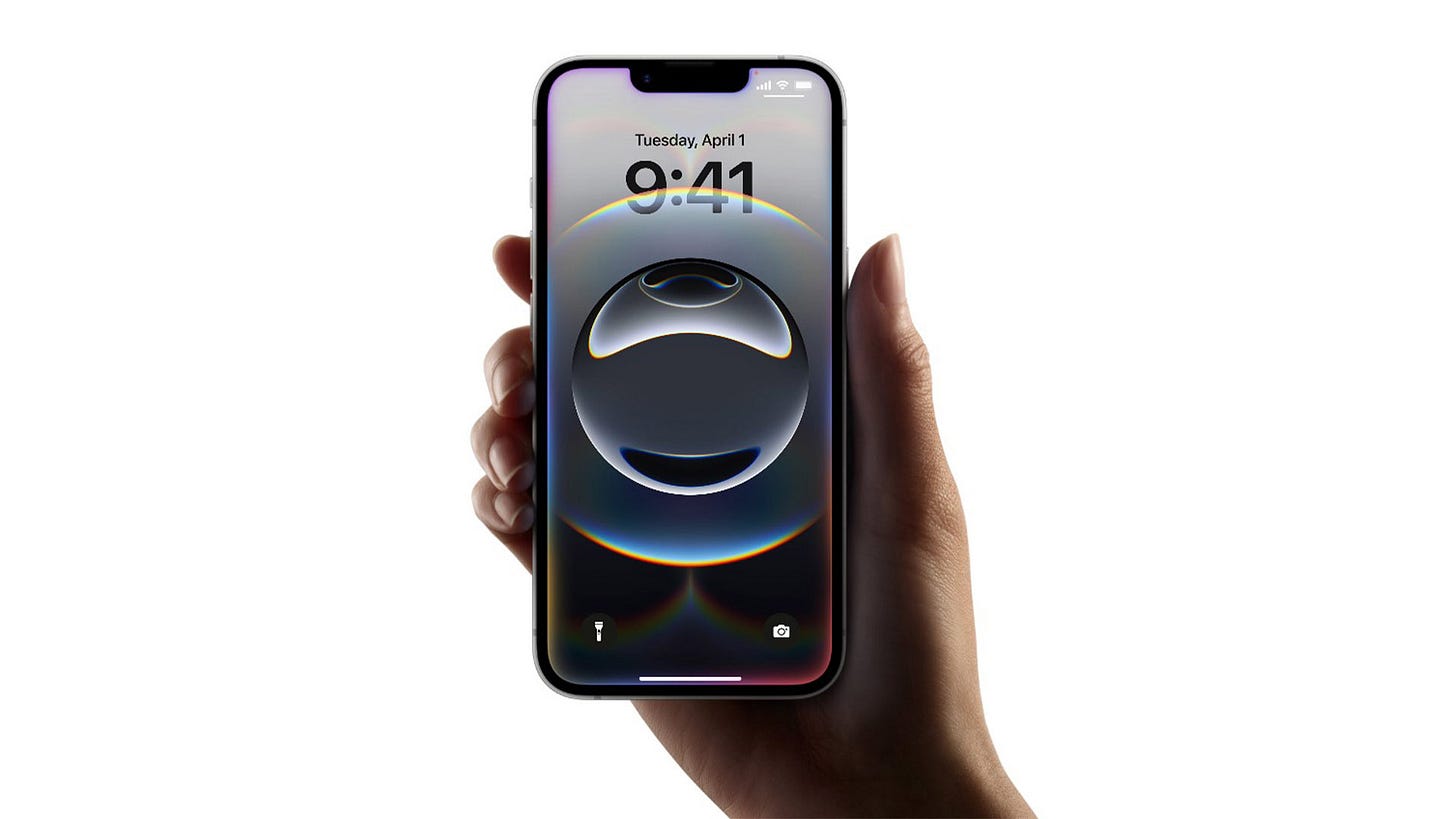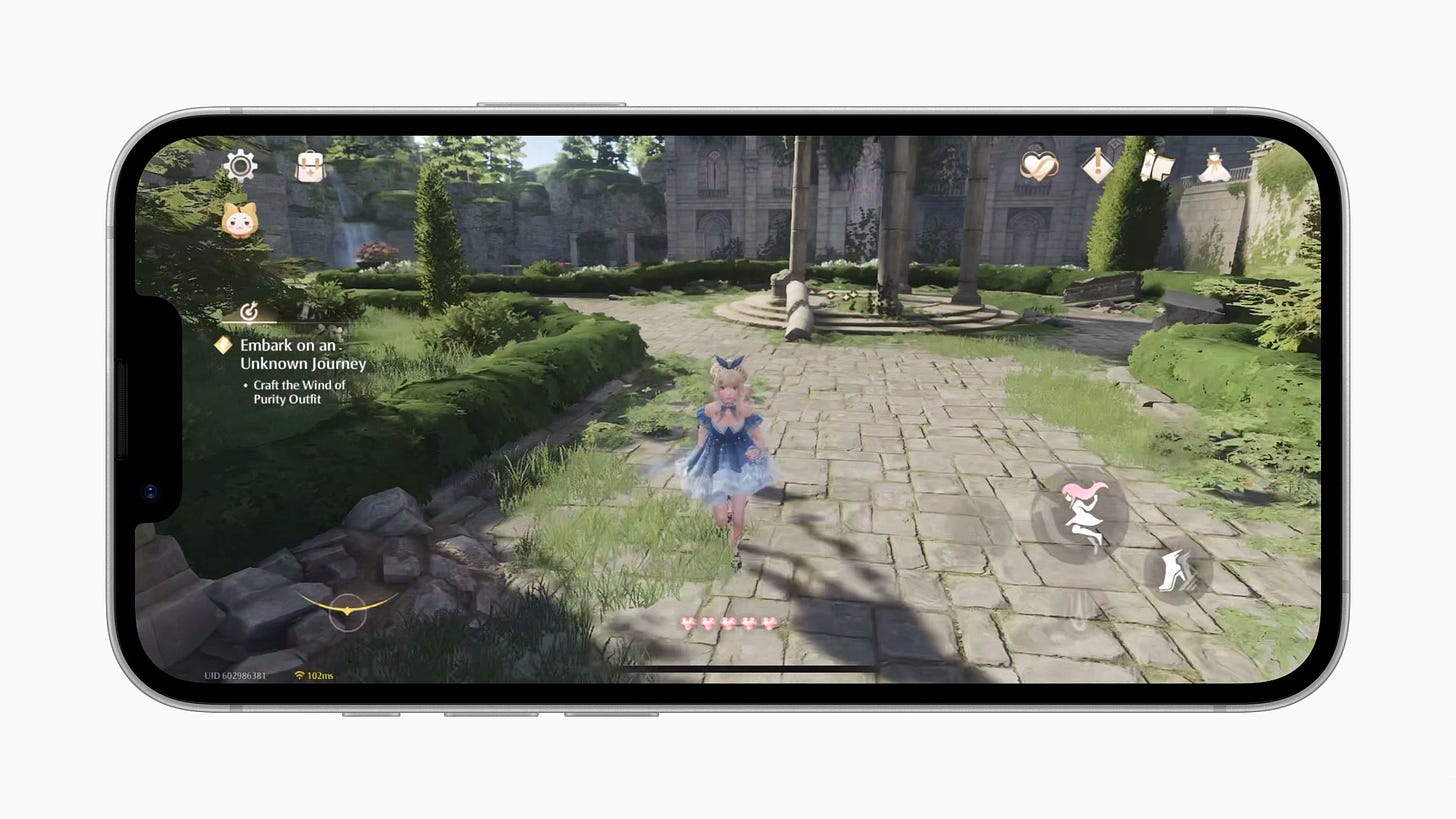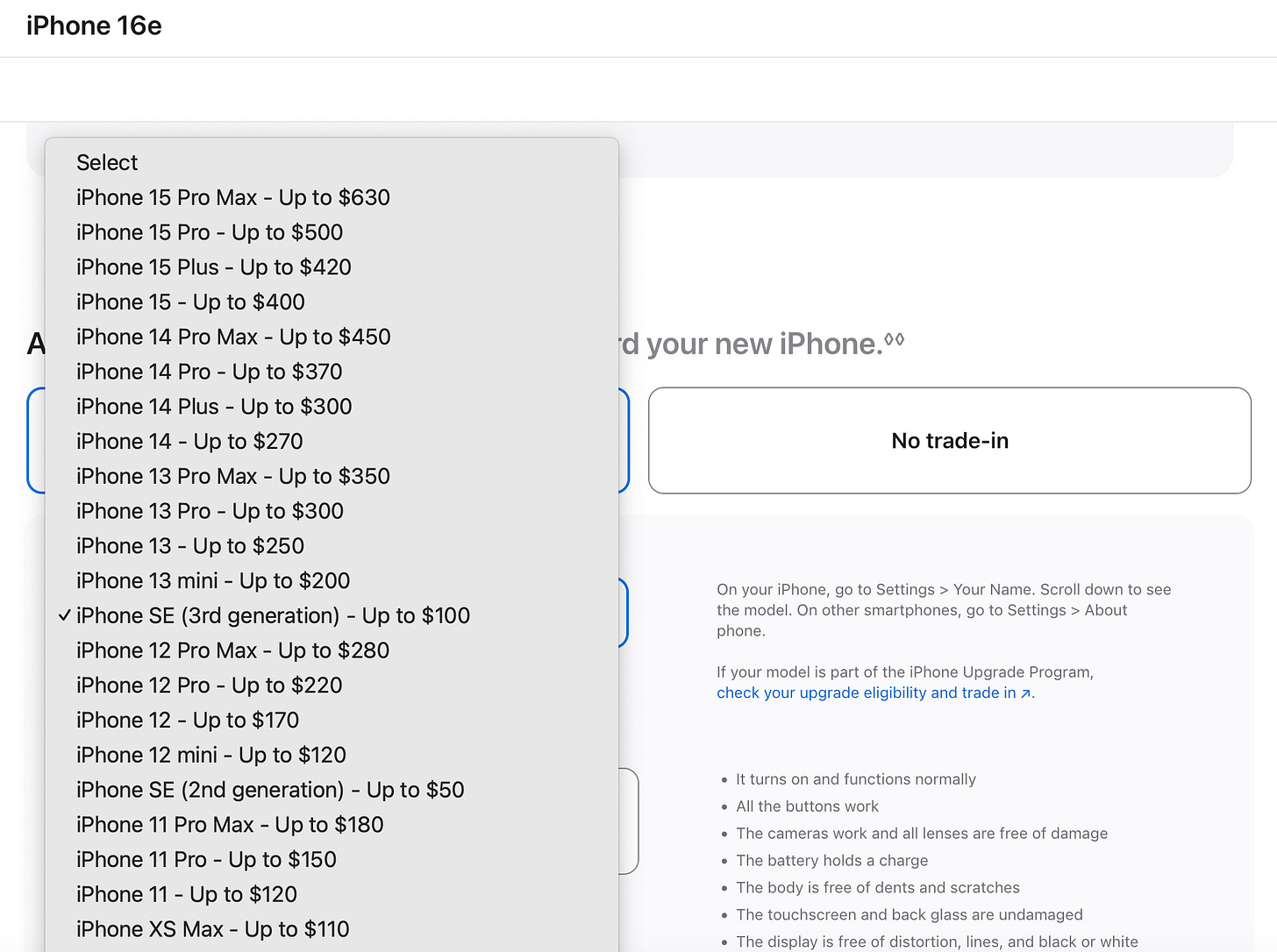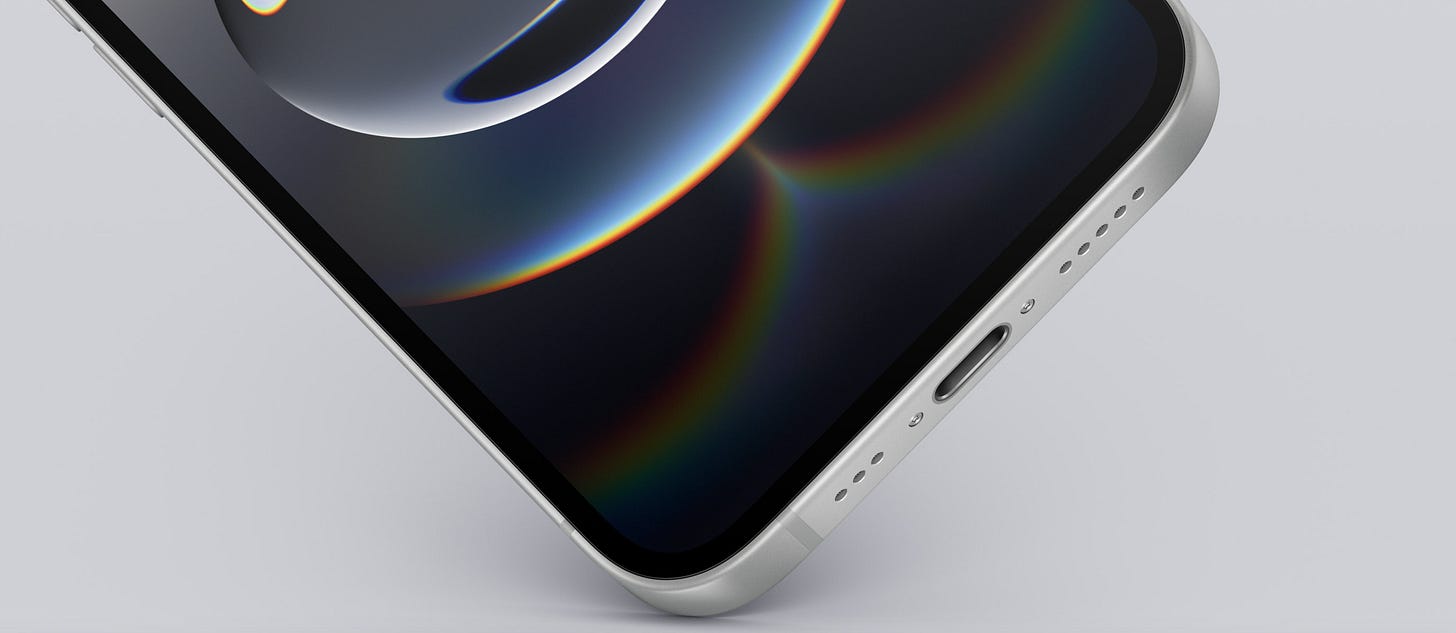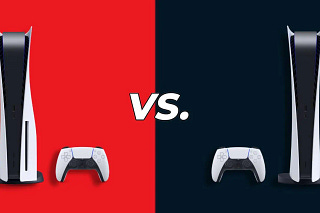
The real iPhone 16e price adjusted for inflation and size
The $599 iPhone 16e didn't get a dramatic price increase when you account for inflation and consider the specs that Apple put into its new iPhone
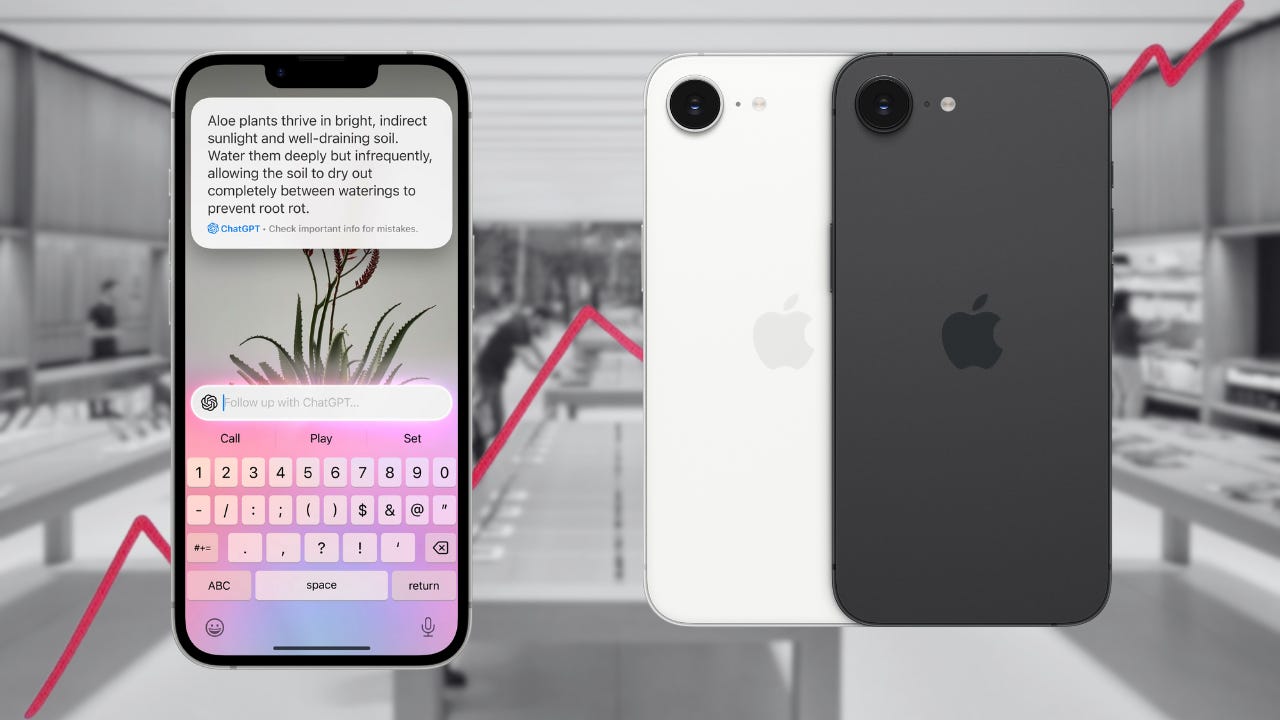
Update: This news article has been updated to take into account the iPhone 16e price after trade-in deals, which I forgot to mention in the original post.
Apple revealed that the iPhone 16e price is $599 this week, which is a $170 hike over the three-year-old $429 iPhone SE 3 that it replaces. The internet was aghast!
But is that a fair comparison? By breaking down the specs and adjusting for inflation, I found it a little easier to pre-order the new iPhone for my parents on Friday. They were due for a fresh phone upgrade and wanted to stay in Apple’s iMessage and FaceTime ecosystem. They don’t need the fancy bells and whistles seen in my iPhone 16 Pro Max review. Their only ask? Great battery life, which the iPhone 16e has in spades.
Here’s what convinced me to upgrade my folks to an iPhone 16e, even if $599 was $100 more than I anticipated at the end of Apple’s launch event on Wednesday.
iPhone 16e starts at 128GB of storage
Right away, any good comparison between a $599 iPhone 16e and a $429 iPhone SE 3 should show you that we’re not dealing with apples-to-apples. Apple’s iPhone 16e begins at 128GB of storage, whereas the iPhone SE 3 starts at just 64GB.
Although it’s hard to find the iPhone SE 3 128GB price, I saved that stat before Apple CEO Tim Cook made the iPhone 16e announcement – I knew it would be important. Apple was charging $479 for the iPhone SE 128GB as of last Tuesday.
Already, we’re dealing with a $120 difference, not a $170 price gap. And I don’t think my parents will be able to get away with 64GB of storage over the next few years. So I would have to pay that $479 for the 128GB anyway.
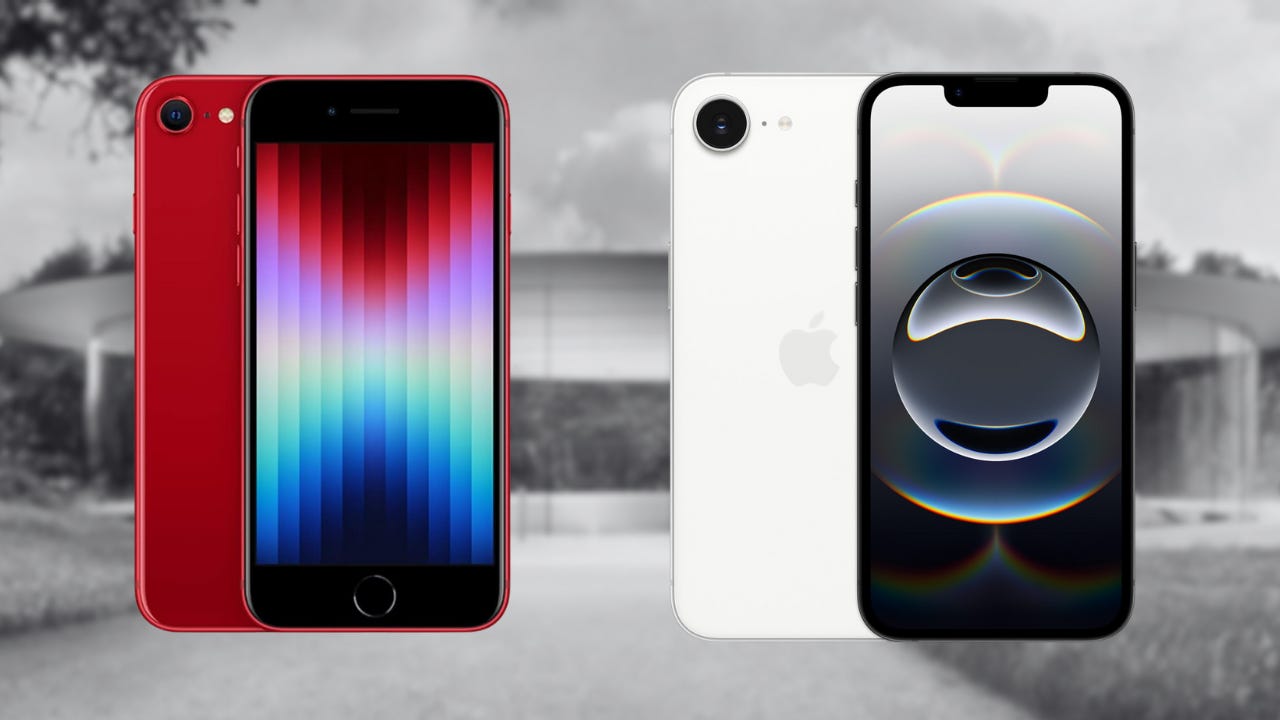
iPhone 16e adjusted for inflation
Now that I’ve arrived at the truer $480 price adjusted for storage, I know that almost every smartphone series I’ve reviewed since 2022 has gone up in price. A large part of the price increases are based on inflation. So let’s adjust there, too.
$480 for an iPhone SE 3 128GB in 2022 would cost around $530 in January 2025, according to the latest US CPI data calculations (February 2025 numbers aren’t out yet). And that’s for the same iPhone – I’m not talking about an all-screen display with a 12MP TrueDepth camera with Face ID or any other specs upgrade.
Our Apple Vision Pro review is being updated while we test visionOS 2.4

5G mmWave ‘tax’ is waived
I considered upgrading my parents to the iPhone 16, but the unlocked version of this iPhone costs $30 more than the advertised $799 price because it supports the mmWave variant of 5G. In the end, it’s $829, according to Apple’s official store.
There’s no mmWave 5G radio inside the iPhone 16e, instead relying soley on sub6 5G. That’s fine with my parents because while the sub6 frequency isn’t as fast, mmWave has a limited, short-throw range meant for dense environments. I appreciate mmWave for airports and stadiums when it’s needed, but my parents don’t really visit these places anymore. Vanilla 5G to escape the $30 “tax?” That’s fine with them.
I’m back to pre-ordering the iPhone 16e after flirting with an iPhone 16 upgrade.
It’s $70 more for a big upgrade
Adjusting for inflation and storage size, I’m paying $70 more for the iPhone 16e than when I upgraded my parents to the iPhone SE 3 three years ago. I’m disappointed that the iPhone 16e doesn’t have MagSafe in addition to wireless charging and we only got two iPhone 16e colors, but it has several other upgrades that make the $70 worth it for my parents.
iPhone 16e vs iPhone SE 3 features
6.1-inch all-screen HDR display
1,200 nits peak brightness (HDR)
12MP TrueDepth camera with Face ID
48MP 2-in-1 camera
4K at 60fps gets Dolby Vision support
Photonic Engine, Night mode and Audio Zoom
120 Slow-motion selfie video at 1080p
Apple C1 modem
Apple A18 chip with a 4-core GPU
Customizable action button
Apple Intelligence + Visual Intelligence
Crash Detection
USB-C instead of Lightning
Ceramic Shield front
IP68 with 6x the water resistance
26 hours of video playback battery (up from 15 hours)
21 hours of streaming video playback (up from 10 hours)
90 hours of audio playback (up from 50 hours)
$100 trade-in credit
Apple is currently offering iPhone 16e trade-in credit ranging from $40 to $630. The higher range doesn’t make much sense – I don’t anticipate consumers turning in an iPhone 15 Pro Max to get $630 and a nearly free iPhone 16e. But I did save money.
The iPhone SE 3 netted a $100 trade-in credit when buying the iPhone 16e from the official Apple Store. For a three-year-old smartphone that’s worn and needs a battery replacement anyway, I’ll take the iPhone 16e at a small discount.
Conclusion
The iPhone 16e battery life is the most important new feature after three years of my parents using the iPhone SE 3, and USB-C is a nice bonus as the family MacBook Pro computer and their iPhone Pro and iPad Air tablets all use this over Lightning. They need these core features, not anything that ends up being in the iPhone 17 Air.
Would I rather be paying $499 instead of $599 before the trade-in credit? Sure. But the iPhone 16e price isn’t as scary as it first seemed this week, and it remains the best option for my parents. While my Google Pixel 8a review and The Shorcut’s OnePlus 12R review both got strong recommendations at $499, the ease of iOS 18.4 over learning Android makes more sense for my parents.




